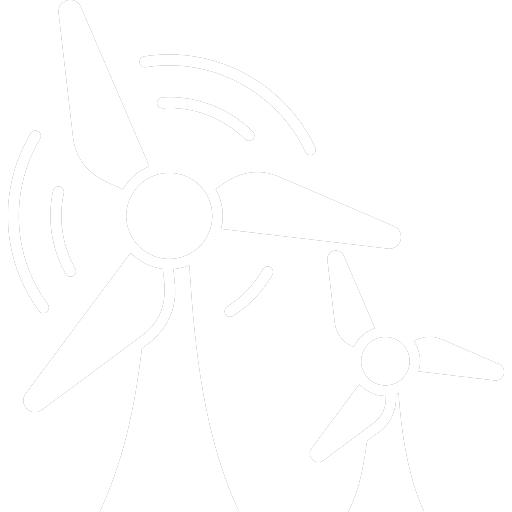IPP PROGRAMME
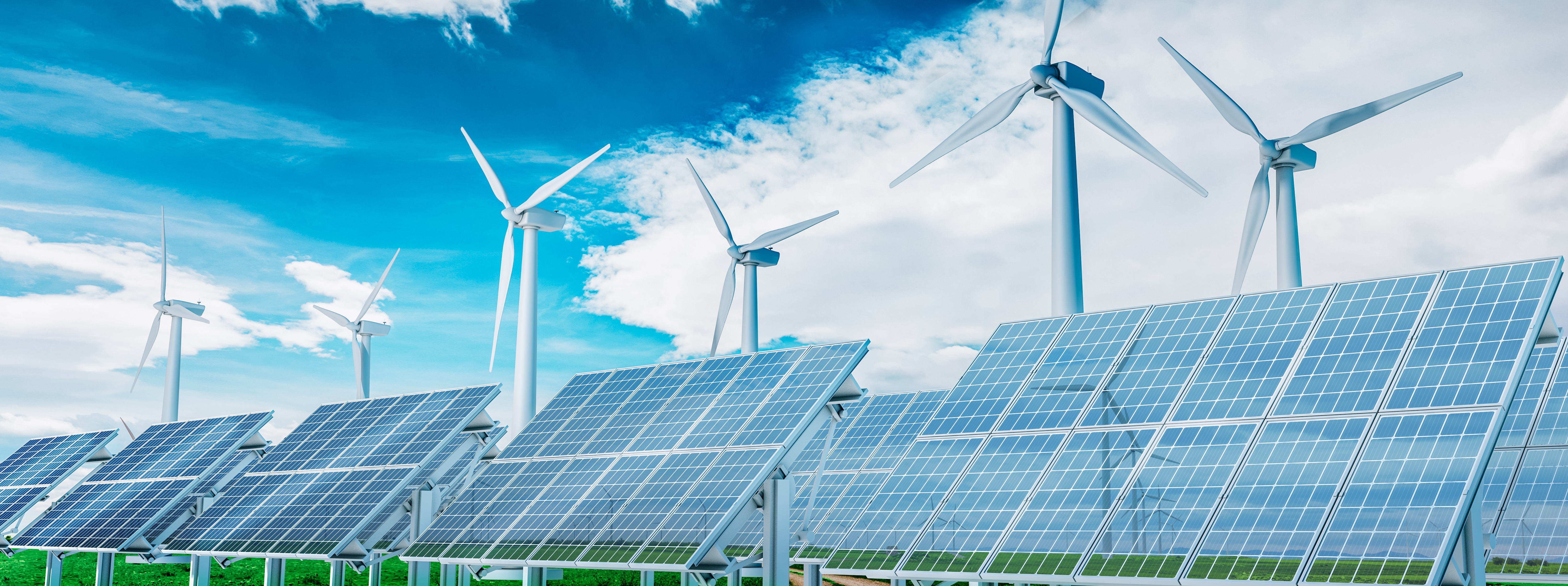
SOLAR PHOTOVOLTAIC
A solar PV installation consists of solar PV panels. A solar panel works by allowing photons, or particles of light, to knock electrons free from atoms, generating a flow of electricity.
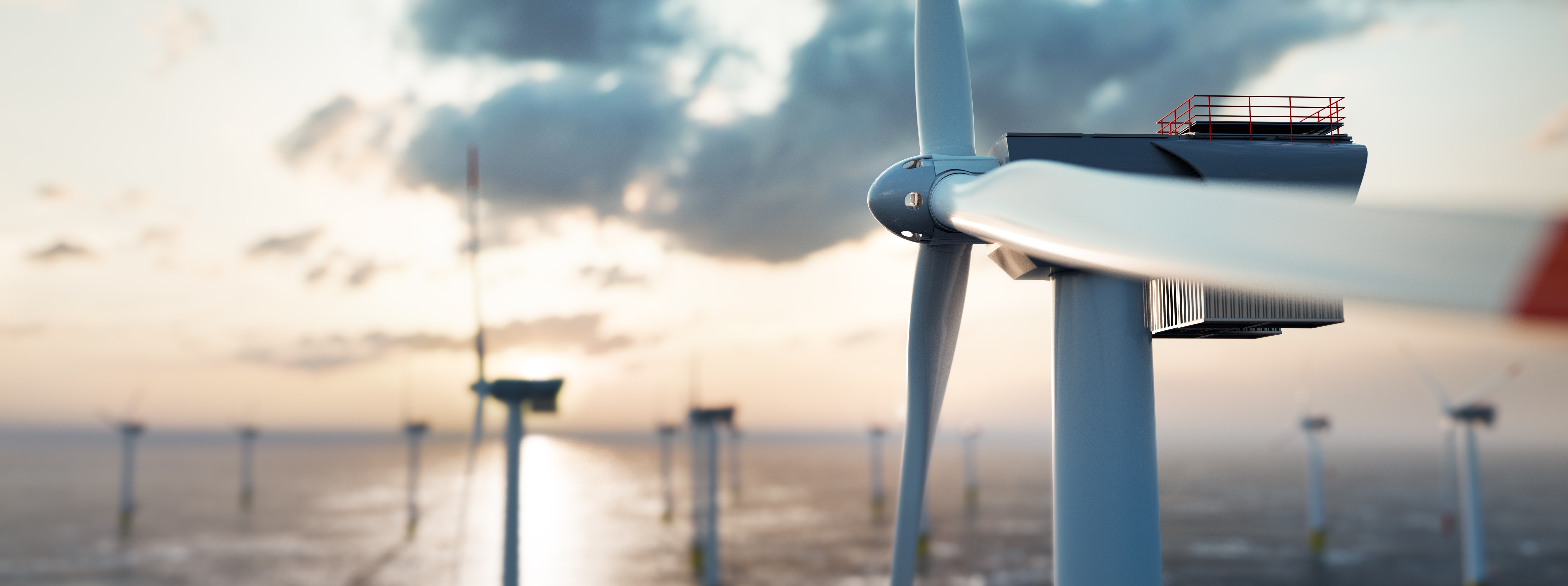
WIND POWER
A wind turbine is a rotary device that extracts energy from the wind. The wind turns the blades (mechanical energy), which spins a shaft, which connects to a generator and produces electricity (electrical energy). The mechanical energy can be used directly by machinery or the energy can be converted to electricity.

SMALL HYDRO
Hydro turbines convert the energy from falling or flowing water (kinetic energy) into rotating shaft power (rotating mechanical energy). The mechanical energy is used to drive a generator to produce electricity (electrical energy).

BIOGAS
Biogas can be produced from raw materials such as agricultural waste, manure, municipal waste, plant material, sewage, green waste or food waste. Biogas is the mixture of gases produced by the breakdown of organic matter in the absence of oxygen (anaerobically), primarily consisting of methane and carbon dioxide and may have small amounts of hydrogen sulfide, moisture and siloxanes. It can also be used in a gas engine to convert the energy in the gas into electricity and heat.
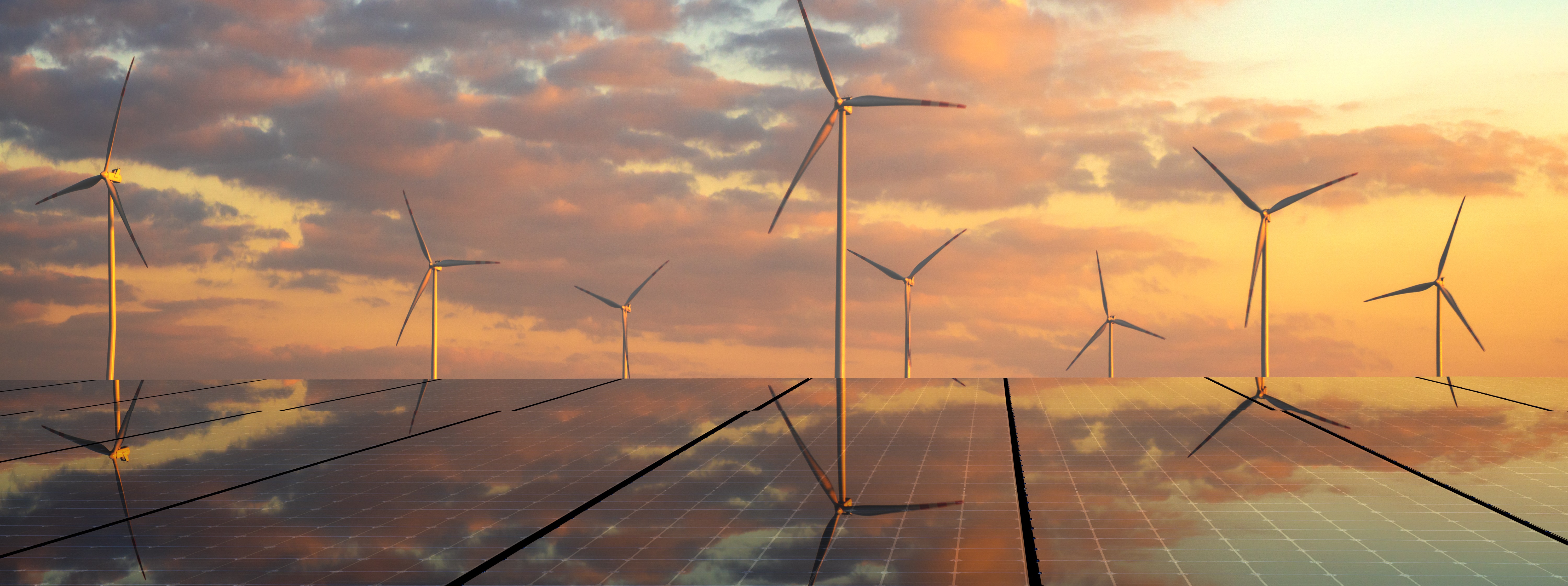
CONCENTRATED SOLAR POWER
Concentrated solar power (CSP) systems generate solar power by using mirrors or lenses to concentrate a large area of sunlight onto a receiver. Electricity is generated when the concentrated light is converted to heat (solar thermal energy), which drives a heat engine (usually a steam turbine) connected to an electrical power generator.

BIOMAS
This technology involves converting biomass, such as agricultural and forestry residues, into electricity. This is achieved by either burning the biomass to raise steam which drives a steam turbine, or by gasifying the biomass and using the gas to drive an electrical generator.
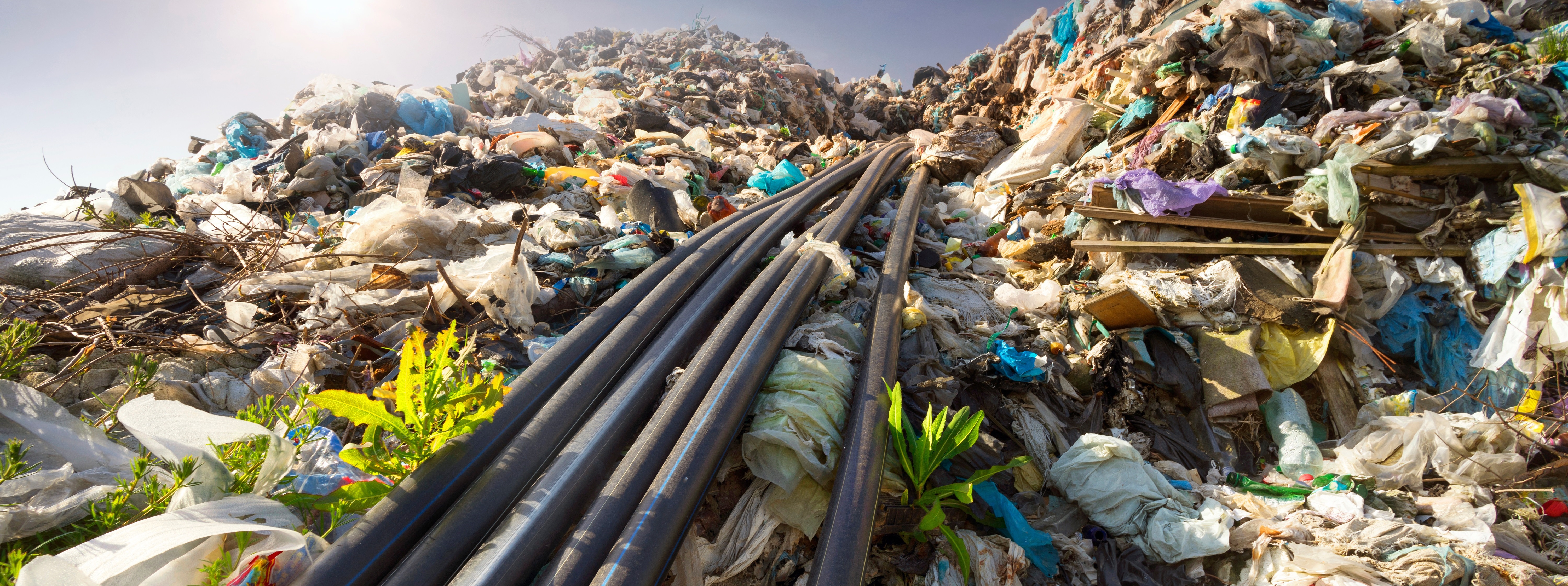
LANDFILL GAS
Household waste, collected by municipalities, is disposed in a landfill. Microorganisms that live in organic materials such as food waste, paper or yard clippings cause these materials to decompose. This produces a landfill gas, typically comprised of roughly 60 percent methane and 40 percent carbon dioxide (or “CO2”). Methane gases are combustible and when harvested and used in special gas fired engines that can be used to power an electric generator.


